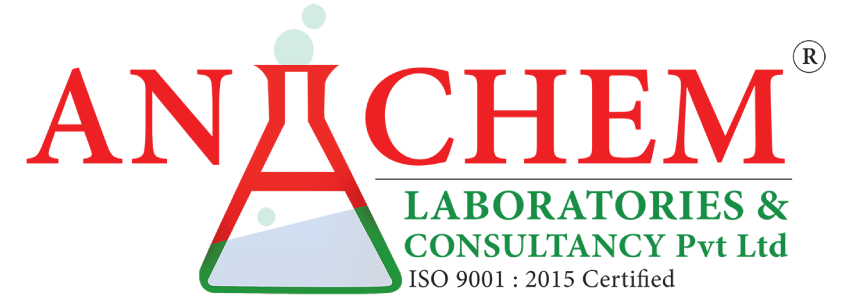The minutes of board meetings are a crucial record of important information and governance processes. They can serve as the basis for post-decision evaluations and to hold boards accountable. They can also prevent the board from taking shortcuts in the future that could be detrimental to the linked here organisation’s stakeholders.
Minutes are usually drafted by a presiding board member or someone from the organisation’s staff. This could be a scribe with experience of writing board minutes or a professional secretary who is familiar with the kind of information that should not be included. It is crucial that the person writing the draft minutes is aware of the expectations. This will enable them to produce notes that are unique and lend the board meetings credibility.
It is crucial to include the date, the time, and the location of the meeting in the minutes. Following that, a list is required of the presiding officers directors, non-voting participants and presiding officers. It’s also important to determine whether any members attended via phone or online.
The part of the minutes that is not used for business should be divided into two sections that are substantive and administrative. Administrative business could include things like agenda approval an overview of minutes that have been approved, and the use of a consent agenda (which reduces the necessity for debate by acknowledging repetitive or administrative items in the use of a single motion). Substantive business involves more content-driven items such as updates from committees, risk management briefings and the decision-making process for new service initiatives.
